DeFi Market Capitalization Approaches Historical Highs! Fluid Stablecoin Trading Surpasses Uniswap, Pendle’s TVL Exceeds $8.8 Billion
(This article is reprinted from BlockBeats, original article title: <老樹回春:DeFi 老牌計畫的夏日反攻>)
The DeFi market is witnessing a long-awaited resurgence of “veterans”. As of now, the total value locked (TVL) in the DeFi market has surged to $197 billion, just a step away from its historical peak of $206 billion. More importantly, this wave of rebound is led not by newly emerging projects but by a group of “veterans” that once flourished during DeFi Summer. From the early speculative demand to the current “old trees returning to spring”, behind the collective growth of the DeFi market is the accelerated entry of institutional funds (RWA, compliant lending, 401k crypto investments), a resurgence in retail demand for on-chain yields in a bull market, and new use cases brought about by technological iterations. The return of veterans reflects market confidence and heralds a new round of competition in DeFi.
BlockBeats has compiled the main reasons for the recent surge in prices and TVL of DeFi “old players” such as Aave, Uniswap, Euler, Pendle, Fluid, and Spark.
AERO: A Violent Rebound Backed by Coinbase
Aerodrome Finance (AERO) is a decentralized exchange (DEX) launched in 2023 and deployed on the Base chain, operating under an automated market-making (AMM) model with voting lock governance and a strong liquidity incentive mechanism. It features a highly community-friendly design, with an anonymous team that has not accepted venture capital or locked private placements, maximizing user alignment. Within just 72 hours of launching, it achieved a financial TVL exceeding $200 million, and by 2024, its total trading volume surpassed $1 billion, with the Slipstream feature contributing 85% of that. By June 2025, AERO’s accumulated trading volume had exceeded $100 billion, firmly establishing its core position in the Base DeFi ecosystem.
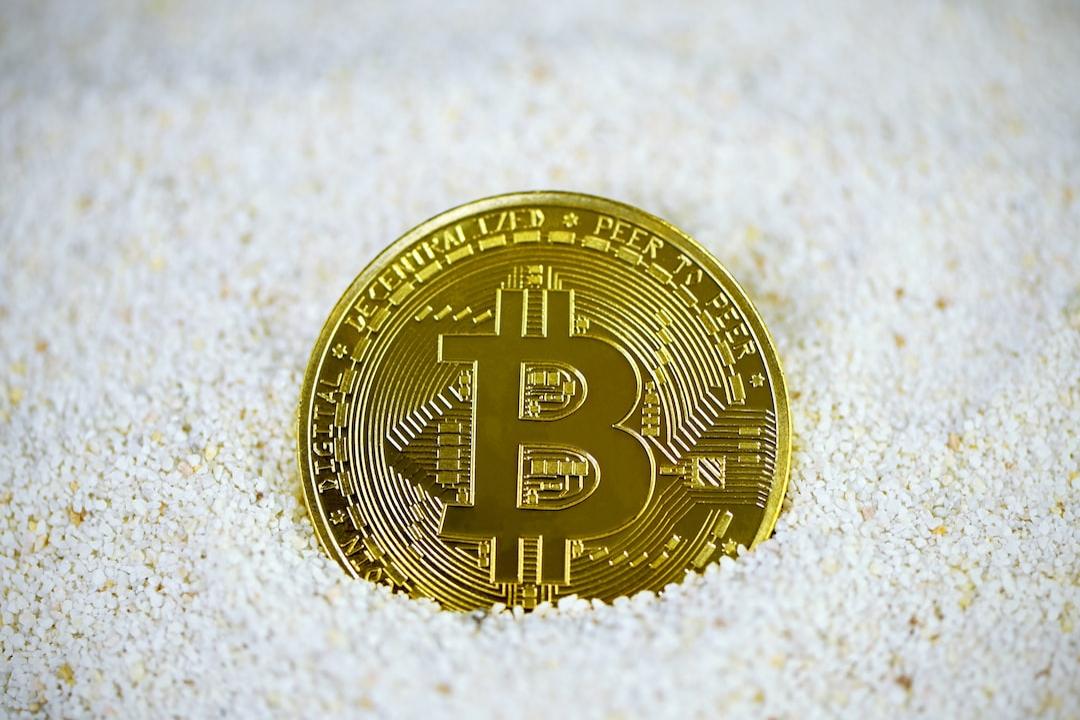
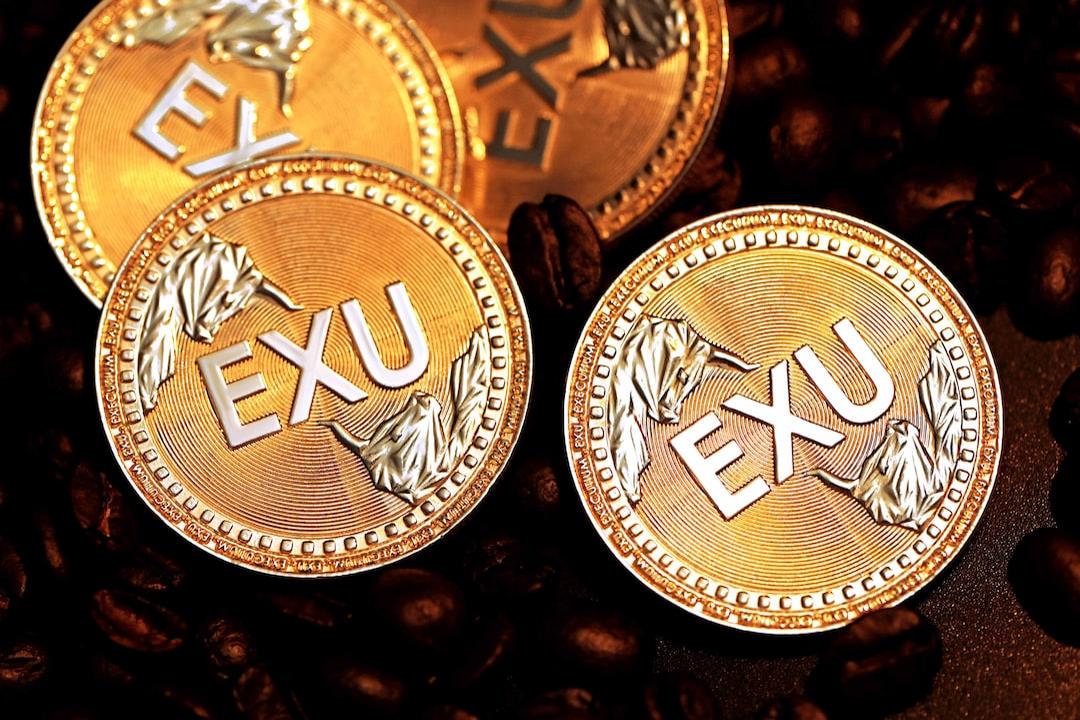
Recently, AERO has shown strong upward momentum: On August 9, stimulated by the announcement of Coinbase’s local DEX functionality, AERO rose continuously, reaching $1.23 at one point, with a 7-day increase of approximately 47%. Its current market capitalization is around $978 million. Besides Coinbase connecting DEX trading for Base local assets in its app, making Aerodrome one of the first supported projects, AERO’s price surge may also be attributed to the launch of its “Pool Launcher” tool, allowing projects to create liquidity pools and earn related trading fees, attracting more Base local projects into the ecosystem.
Currently, Aerodrome’s TVL is approximately $580 million, almost entirely from the Base chain. The 24-hour DEX trading volume is nearly $950 million, with a total trading volume of $20.5 billion over the past 30 days. In terms of revenue and input, Aerodrome’s annualized fee income is expected to be around $193 million, with approximately $15.85 million earned in the last 30 days, and cumulative incentive rewards reaching $706 million, indicating a strong liquidity incentive focus.

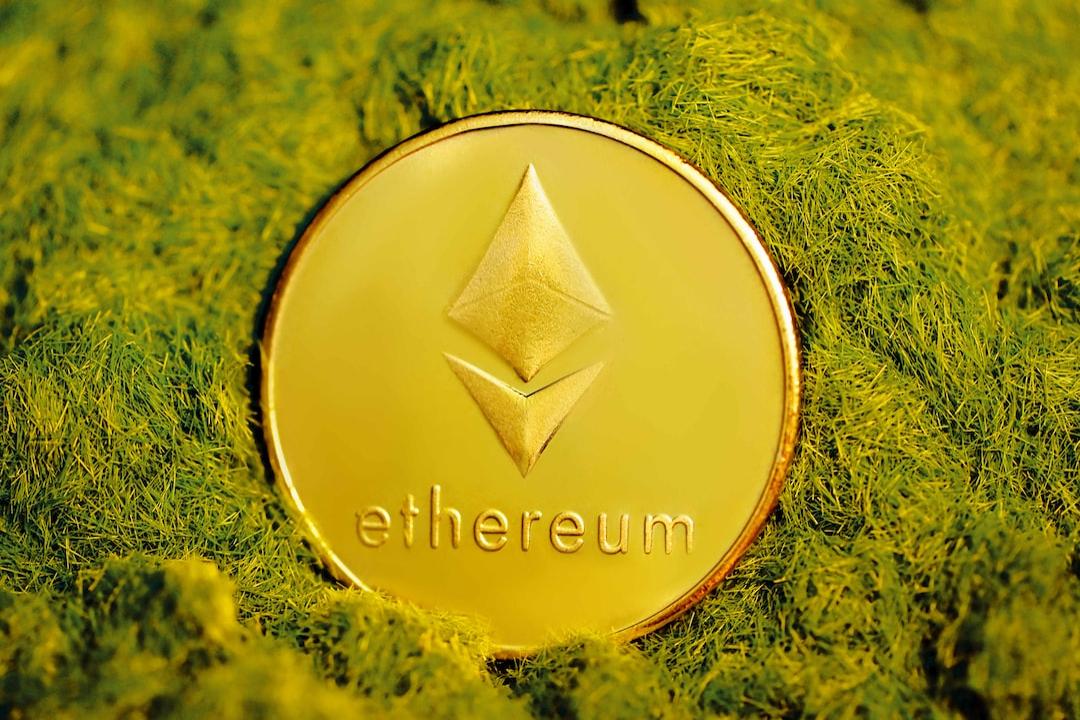
At present, Aerodrome has established a leading trading and incentive mechanism on the Base chain, becoming a liquidity hub in DeFi. The integration with Coinbase has opened a window to a broader user base and is a trigger for a capital and liquidity explosion. Although the upward trend is evident, high incentive spending and overheated technical indicators suggest caution for potential adjustments in the short term. In the medium to long term, it is essential to monitor whether its ecosystem expansion continues, whether cooperative projects are implemented, and whether Coinbase continues to broaden its support, which will determine if it can return to its historical high ($2.32) or continue to break through.
Fluid: Uniswap’s Ambition
Fluid is a DeFi protocol that integrates DEX (decentralized exchange), lending, and Vault systems, achieving high capital efficiency and liquidity reuse through its innovative Liquidity Layer. Launched on Instadapp and reintroduced in 2023, Fluid allows assets to switch freely within the liquidity layer without multiple lock-ups, significantly reducing fragmentation costs and enhancing yields. Its Smart Debt and Smart Collateral models provide better capital efficiency for liquidity providers and debtors.
Recently, Fluid has become one of the focal points in the DeFi market: on August 4, Fluid’s daily trading volume surpassed Uniswap at approximately $1.5 billion, leading to a 14.4% surge in the price of $FLUID on that day. As of now, Fluid has risen to $7.38, with a 7-day increase of 36.1% and a 30-day increase of 51%.
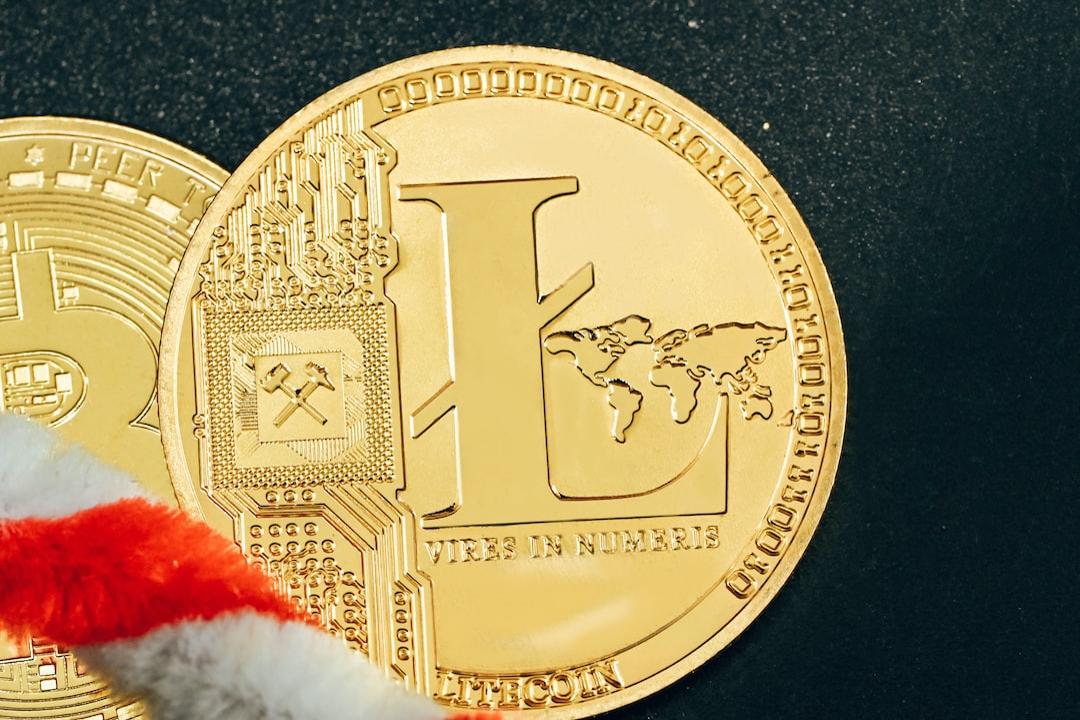
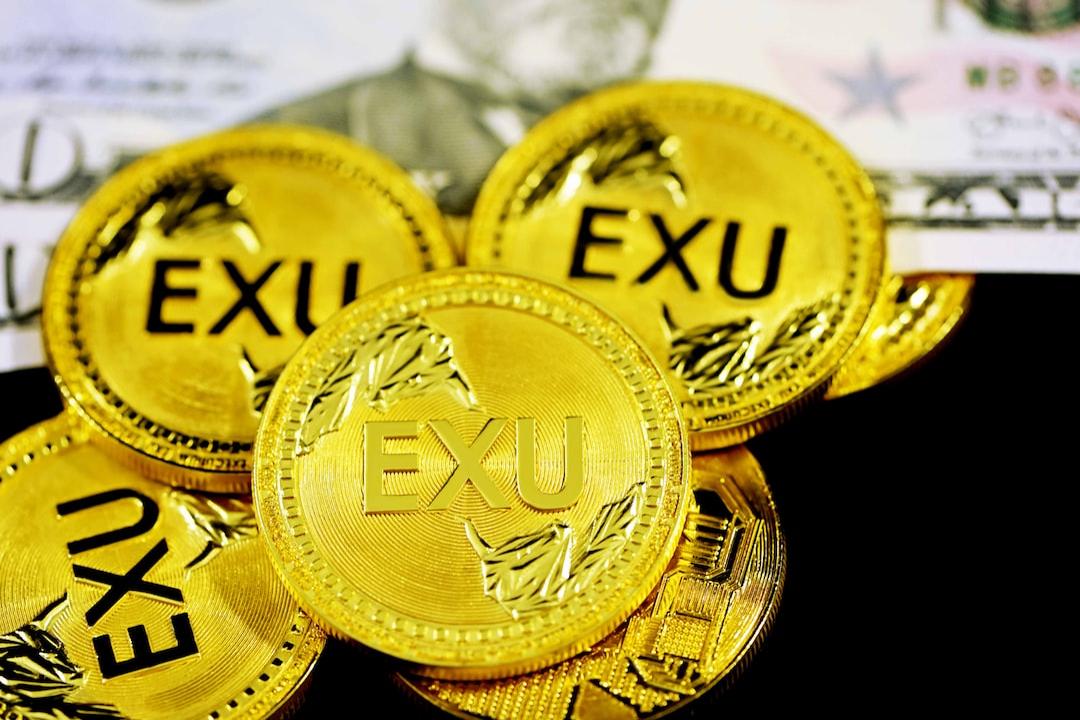
The reasons behind Fluid’s price increase may include the following four points:
- Liquidity Layer Structure Breaks Fragmentation: Fluid is launching on chains like Arbitrum and Solana, introducing a lighter Lite version while supporting DEX v2 upgrades, which helps further enhance yield and user coverage. Fluid’s Liquidity Layer allows for liquidity sharing, meeting multiple usage needs with a single lock-up, which is the core driving force behind its rapid capital absorption and trading.
- Rapid Rise in Trading Share: In the short term, Fluid has surpassed Uniswap, capturing over half of the stablecoin trading market, directly reinforcing its ecosystem and sentiment.
- Trader Confidence Recovery: The record-high daily trading volume for DEX and short-term price increases indicate that market acceptance of the Fluid model has improved and that liquidity allocation efficiency has been recognized.
- Long-term Bullish Expectations from Buyback Mechanism: The official announcement states that a buyback will be initiated when annualized revenue reaches $10 million, providing medium to long-term support for token value and attracting investors to position themselves during low price phases. The platform’s cumulative trading volume has exceeded $7.9–$8 billion, with a monthly TVL growth rate of approximately 27%, totaling about $838 million, showing a strong capital growth trend. Since 2025, Fluid’s deposits have grown nearly 40%, exceeding $1.4 billion, and it has begun multi-chain deployments (such as Arbitrum and Solana) and planning for DEX Lite. As of August 3, Fluid’s market share in stablecoin swaps on Ethereum, Base, Arbitrum, and Polygon reached 55.5%, far surpassing Uniswap (25.7%) and Curve (13.4%).
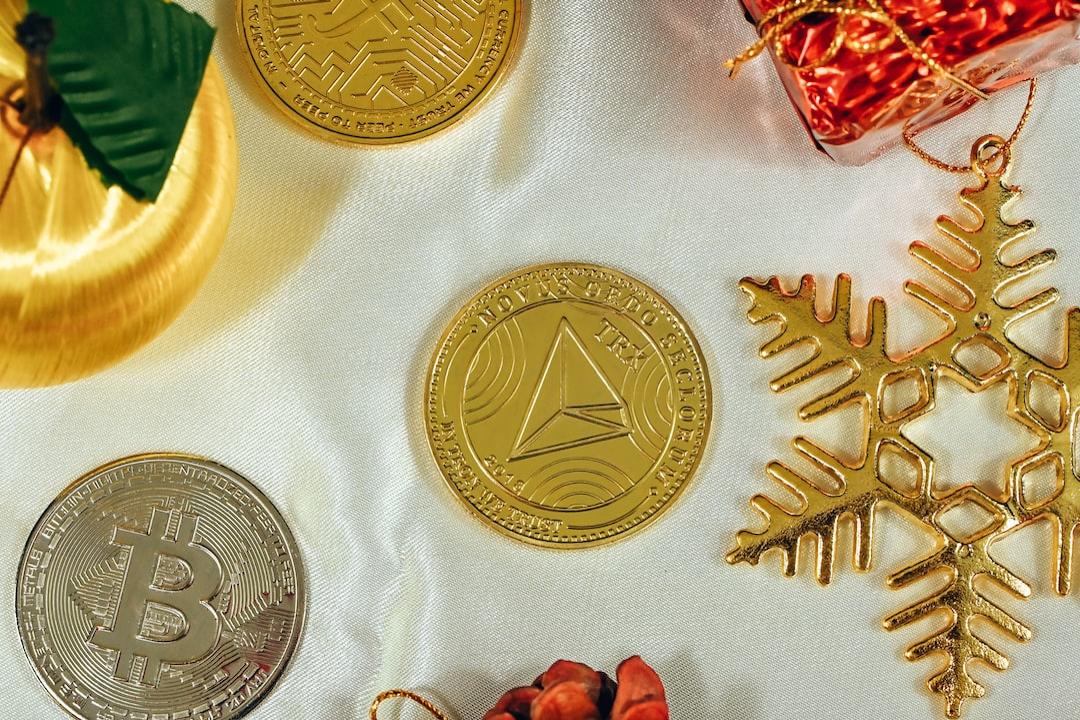
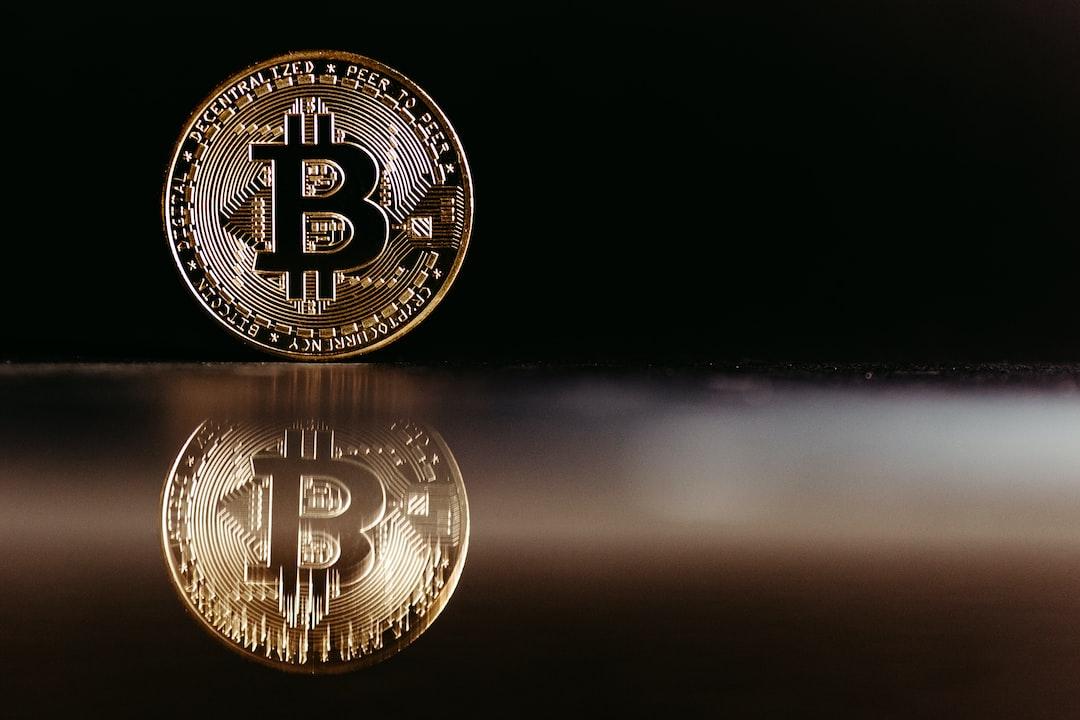
In summary, Fluid has become a “new force” in DeFi: through its unique Liquidity Layer, robust trading data, and multi-chain expansion strategy, it has quickly brought the platform back to the center stage and set a new benchmark for stablecoin trading in DeFi. While its short-term performance is impressive, several risk factors need to be monitored: whether FLUID will experience short-term adjustments remains to be seen; the ecosystem’s implementation and user stickiness, and whether subsequent projects can genuinely build on Fluid’s liquidity layer are crucial for sustained momentum. If DEX v2 and Lite versions are successfully implemented and revenue surpasses critical thresholds, it could not only activate the buyback mechanism but also further enhance user engagement and market valuation, helping Fluid become the new benchmark for stablecoin trading.
Uniswap v4 TVL Surpasses $1 Billion Again
Uniswap is the “veteran” of the DeFi world, with its v4 version officially launched in early 2025, covering 12 chains including Ethereum, Arbitrum, Base, Polygon, BNB Chain, and Unichain. It introduced the “Hooks” feature, allowing liquidity pools to have dynamic spaces, on-chain limit orders, and TWAP rate definitions while calculating 9% through the Scounting structure. v4 retains the capital efficiency advantages of v3 while enhancing flexibility and programmability, becoming an important part of DeFi’s innovative infrastructure. Recently, Uniswap has performed steadily: as of now, the price of UNI is $11.27, having increased approximately 31% in the last 30 days, with its market capitalization back in the range of $670 million.

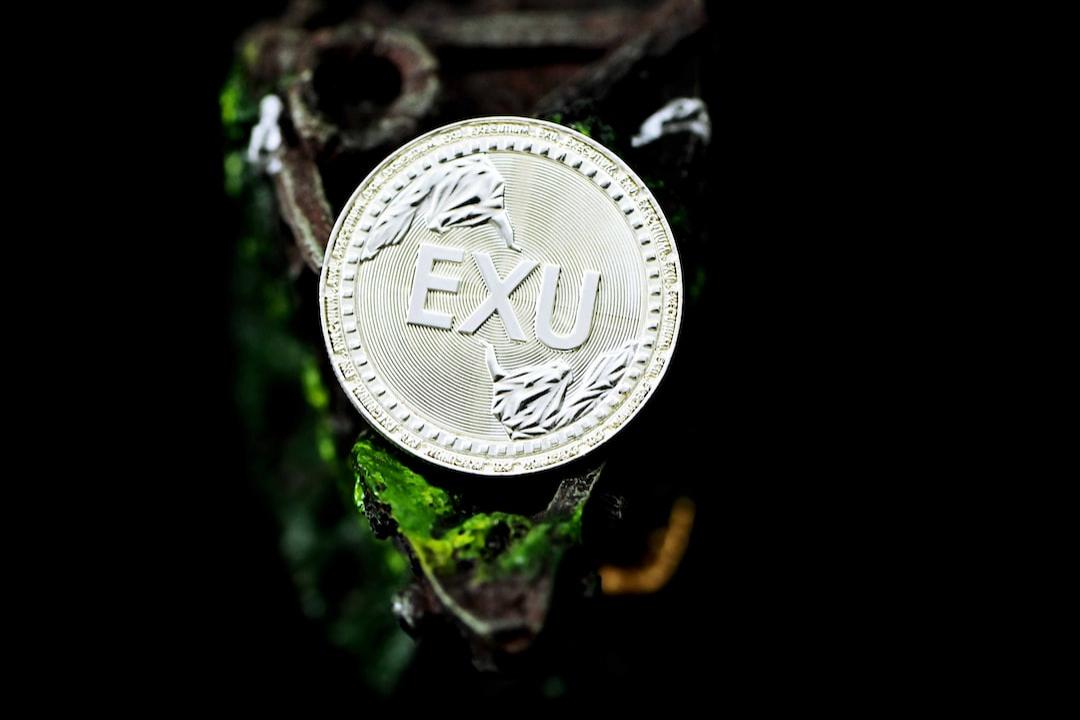
The reasons for UNI’s price increase include:
- Strong TVL Rebound: v4 has surpassed $1 billion TVL at an astonishing speed, providing solid emotional support for UNI’s price and highlighting the recovery trend in the DeFi ecosystem.
- Hooks Innovation Attracts Capital: Programmable liquidity strategies have enabled various strategy projects (such as Bunni, EulerSwap) to rise rapidly, boosting user participation and operational depth.
- Unichain’s Expanded Role: The addition of new networks brings lower costs and high-efficiency experiences, creating a new growth engine for Uniswap and further enhancing activity.
- Technical Iteration and Institutional Upgrade: v4 introduces smart wallet support, cross-chain integration (such as Hyperbridge, LayerZero), and over 640M swaps, building a more comprehensive trading infrastructure.
Currently, Uniswap v4 TVL has surpassed the milestone of $1 billion. In cumulative trading volume, Uniswap has exceeded $11 billion, solidifying its position as a liquidity hub in DeFi. Among them, Unichain accounts for about 75% of daily trading volume, while Ethereum accounts for approximately 15–20%. In terms of Hooks deployment, over 2,500 Hook liquidity pools have gone live, with Bunni and EulerSwap both exceeding $1 billion in cumulative trading volume.
Although Fluid shines brightly in the market, Uniswap remains a solid powerhouse: its v4 version continues to solidify its core position in DeFi through technological innovation and ecosystem expansion. Rapid growth in TVL and rich applications of Hooks are essential foundations for its revival. However, technical indicators such as RSI are skewed high, indicating that short-term profit-taking pressure may be faced. Whether it can continue to rise depends on: whether Hook strategy pools can bring new growth; whether cross-chain integration deepens ecosystem cooperation; and whether Unichain can maintain cost advantages and attractiveness, potentially challenging the $13–$14 range.
Euler: Rebirth After Hacker Attack
Euler Finance is a modular lending protocol on Ethereum, known for its risk layering, flexible asset permissions, and high capital efficiency. It supports the integration of any ERC-20 asset, as well as leveraged position management with a complex liquidation protection mechanism.
4 Years After the Hacking Incident, Plans to Restart Quickly Recover “Trust Heights,” Becoming One of the Core Resurgence in the DeFi Lending Sector.
Recently, $EUL reached an all-time high, with prices once surpassing $15, an increase of over 950% from the low point at the end of 2023. The market capitalization has also approached $300 million. Although there has been a slight pullback, the current price remains stable in the $11.8–$13 range.
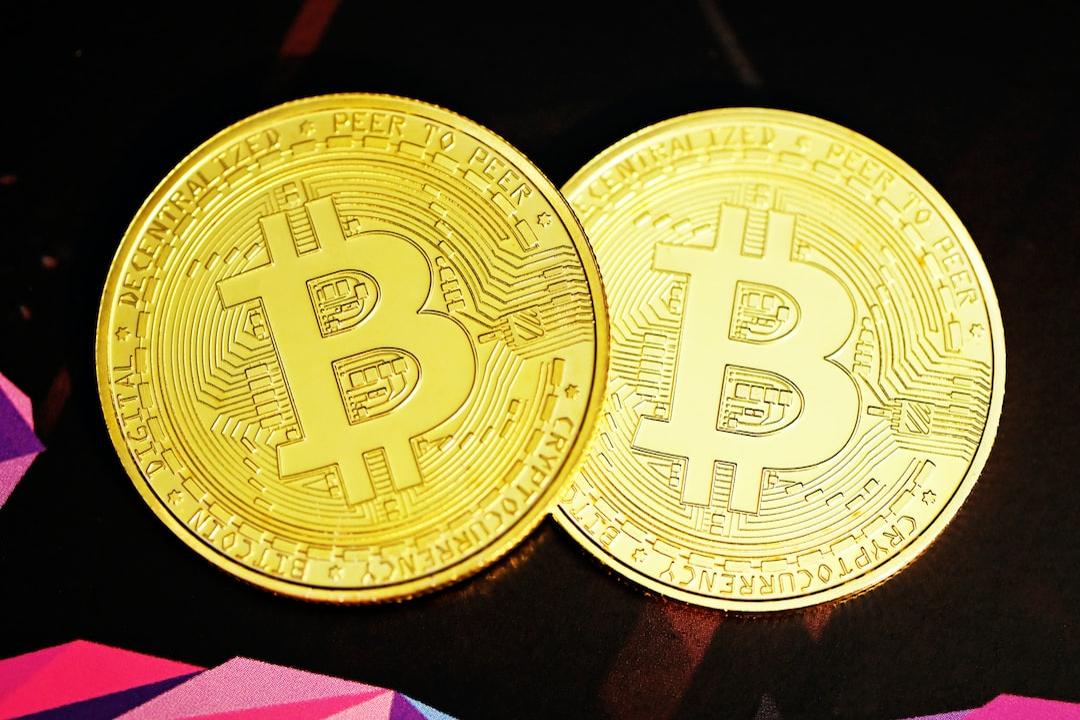

Factors Behind Euler’s Surge Include:
- Reborn from the Ashes: Euler quickly restarted after the hacking incident, regaining community trust and capital flow, which is a crucial foundation for its significant rebound.
- TVL and Lending Depth Both Rebound: The exceptional growth in TVL and a surge in active loans reflect strong user demand for lending and a revival of the protocol’s momentum.
- EulerSwap Complements the Ecosystem: After launching its native DEX, Euler established a self-circulating liquidity path, linking staking, lending, and trading in a closed-loop manner.
- Mainstream Platform Support Boosts Confidence: Recent news indicates that Coinbase will support EUL, which led to a price increase of approximately 5.7% in a single day after the announcement, reflecting growing recognition from the capital market.
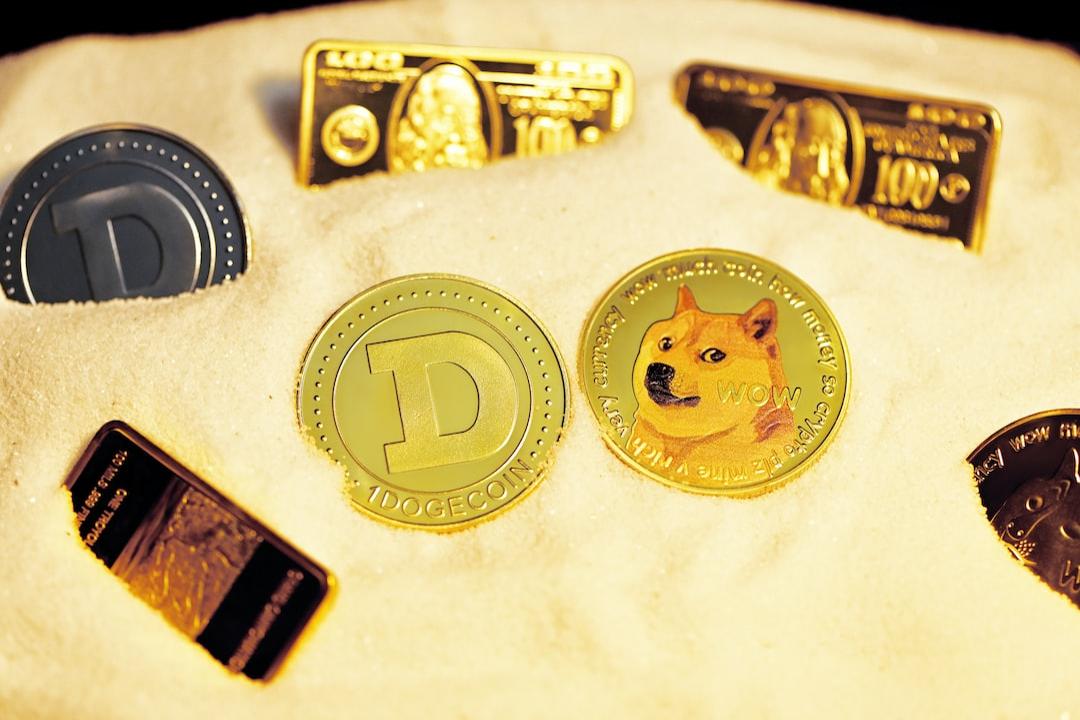

Latest data shows that Euler’s TVL has reached $1.2 billion, effectively overcoming the impacts and challenges following the hacking incident. Euler launched its native DEX—EulerSwap, which has accumulated over $1 billion in trading volume since its launch in May. Loan activity: the amount of active loans has recently surpassed $1 billion, compared to only about $240,000 at the end of 2024, demonstrating significant growth. Euler’s revival is a classic “phoenix reborn” story: from the predicament after being hacked, to a rapid restart, explosive TVL growth, product innovation, and gradually restoring market capitalization and attention, showcasing the resilience of old DeFi projects in trust and governance.
However, it is worth noting: the pressure of pullback after the high price; whether EulerSwap can maintain trading depth and whether the lending categories will expand will determine whether it can continue to grow; whether more capital platforms will continue to support it, such as deeper support from Coinbase and more CEX listings, will enhance liquidity and market capitalization foundation. If Euler can indeed maintain TVL growth, loan activity, and the momentum of DEX construction in the future, it is expected to return to a higher valuation range, continuing to write the classic “old tree reborn” chapter.
Pendle: Driven by Boros, Both TVL and Price Surge
Pendle is a DeFi protocol that allows users to “trade future yields.” Its core mechanism is to split any yield-bearing asset into “Yield Certificates” and “Principal Certificates,” allowing users to freely trade future yields. Pendle V3 introduced the Boros platform, creating advanced yield trading tools and has become one of the core infrastructures for yield trading. Pendle has recently performed remarkably: the price almost hit $6, with a weekly increase of up to 46%, far exceeding the overall market trend.
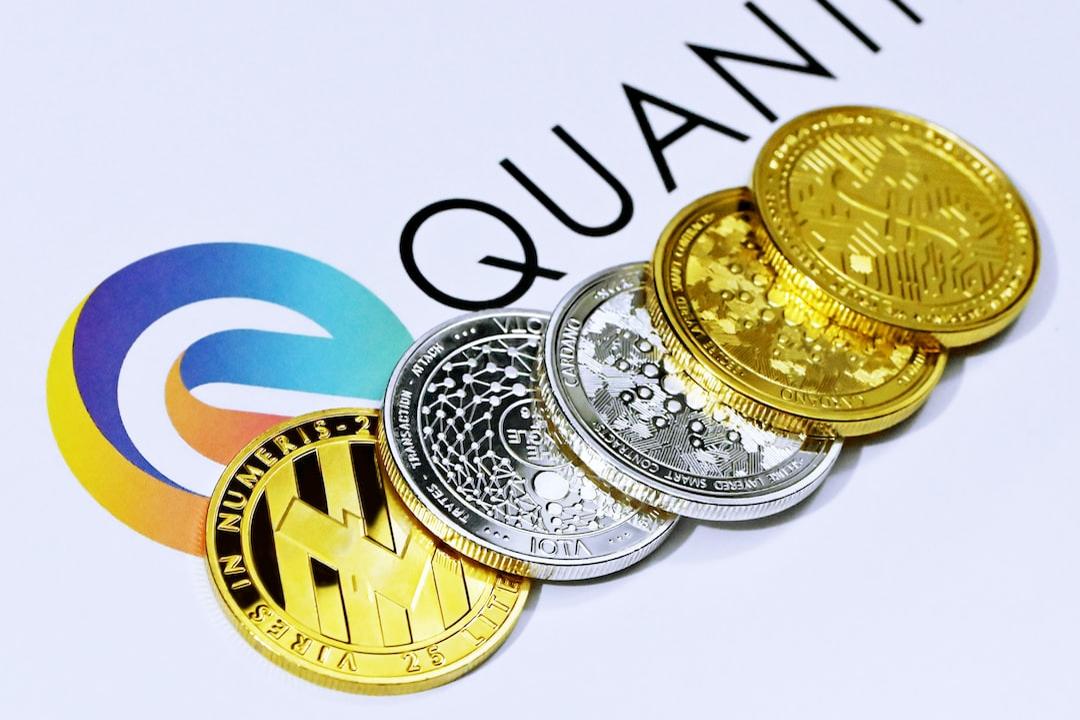
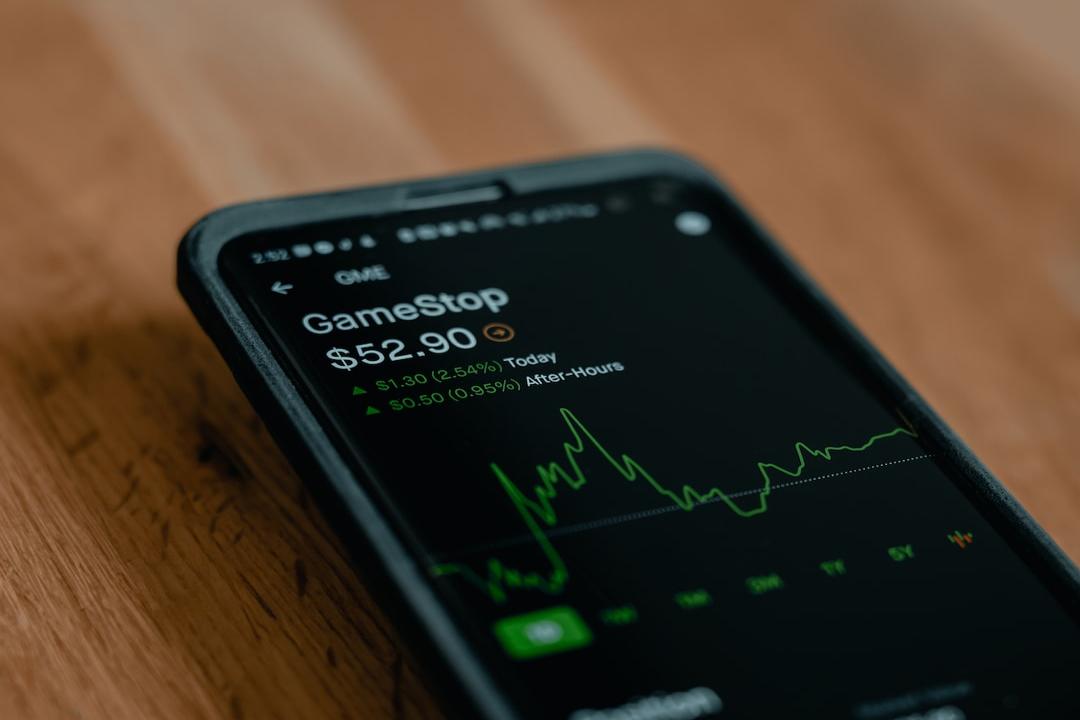
Factors Behind Pendle’s Surge Include:
- Boros Engine Launches Yield Trading Platform: After Boros launched, BTC/ETH funding rates were converted into tradable assets (Yield Units), rapidly increasing user participation and capital inflow.
- Cross-Protocol Fusion Mechanism Optimizes Capital Efficiency: Integration with Ethena, Aave, and Boros allows Pendle to become a hub for efficient yield strategies, with its PT-USDe strategy driving up capital levels.
- TVL and Yield Growth Boost Confidence: New highs in TVL and surging income provide strong support for the token and enhance market sentiment.
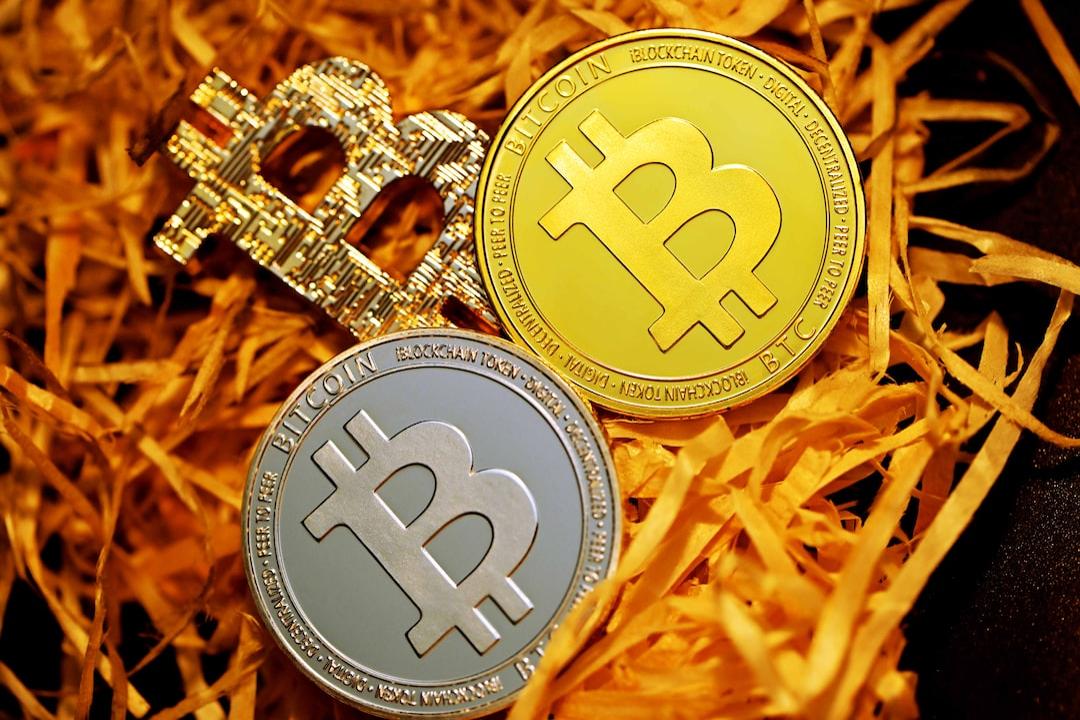

In core data, Pendle’s TVL has reached a historical peak of $8.8 billion, mainly driven by the capital explosion from the Boros platform. In the first two days of launch, it attracted over $1.85M in BTC and ETH deposits, and the number of active addresses on Pendle in Arbitrum doubled, attracting on-chain and institutional attention. Meanwhile, protocol integration drives a liquidity explosion. About 60% of the TVL comes from the USDe strategy (such as PT-USDe generating leverage and liquidity on Aave), creating a strong “yield-loop” asset cycling mechanism.
Pendle is becoming a new hotspot in DeFi due to its unique yield trading mechanism and protocol integration strategy: the Boros platform injects strong momentum, leading to explosive growth in both TVL and prices. However, caution is needed regarding short-term technical pullback risks and the concentration risks brought by USDe’s monopolistic nature. If Pendle can continue to expand Boros-supported assets (such as staking yields and government bond yields) and promote overall protocol governance and ecological deep integration, it has great potential to challenge the $7–$8 range, moving towards a true “new chapter for an old project.”
The King of Lending Crowned Again, Aave Gradually Institutionalizes
Aave is the top lending protocol in the DeFi world, known for its non-custodial, modular design and cross-chain support. Its innovations such as the GHO stablecoin, Umbrella security mechanism, and Aave Arc/Horizon further solidify its core position in the DeFi liquidity layer. Recently, AAVE has performed well: in mid-July, the price surged to a high of $330, with a 24% increase in just 7 days. Although there has been short-term pullback pressure at the high price, the overall trend remains strong.

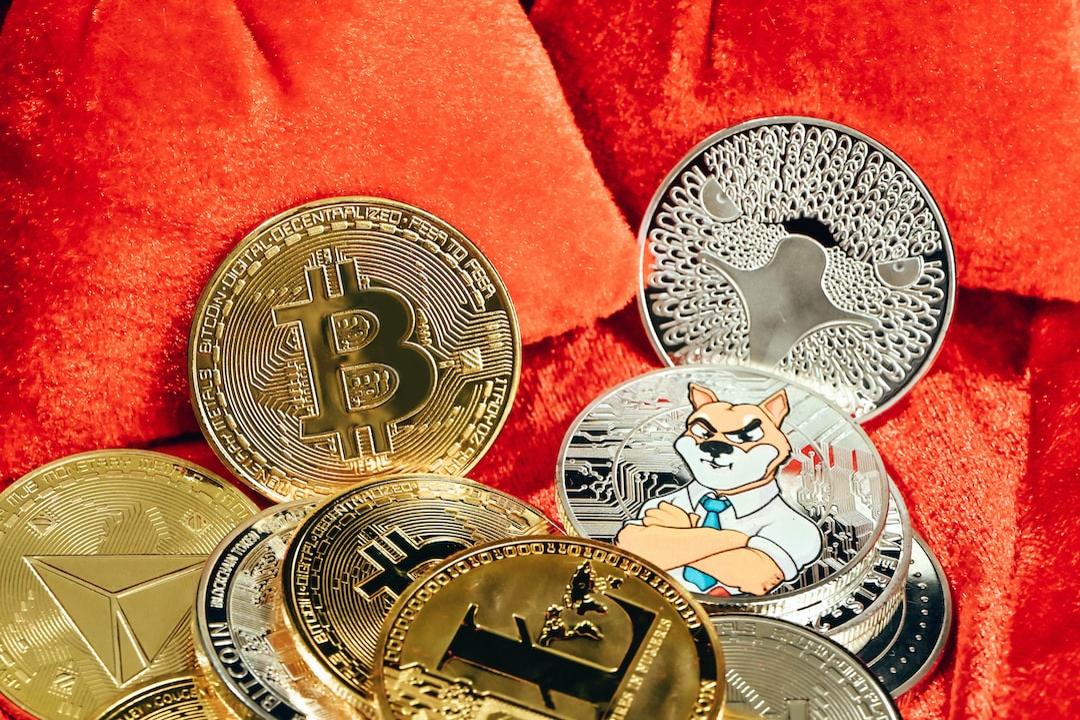
Factors Behind Aave’s Surge Include:
- Capital Inflow and Leading TVL: Aave remains dominant in the lending market, with new users and capital continually flowing in, providing a solid foundation for market confidence.
- Enhanced Value Recognition of Stablecoin GHO: The cross-chain expansion of GHO, mechanisms like sGHO and anti-GHO provide multi-layer yield incentives to holders, enhancing ecological stickiness.
- Institutional Pathways Continuously Implemented: Horizon, Arc, and KYC compliance mechanisms make Aave an important entry point for institutional-grade DeFi lending.
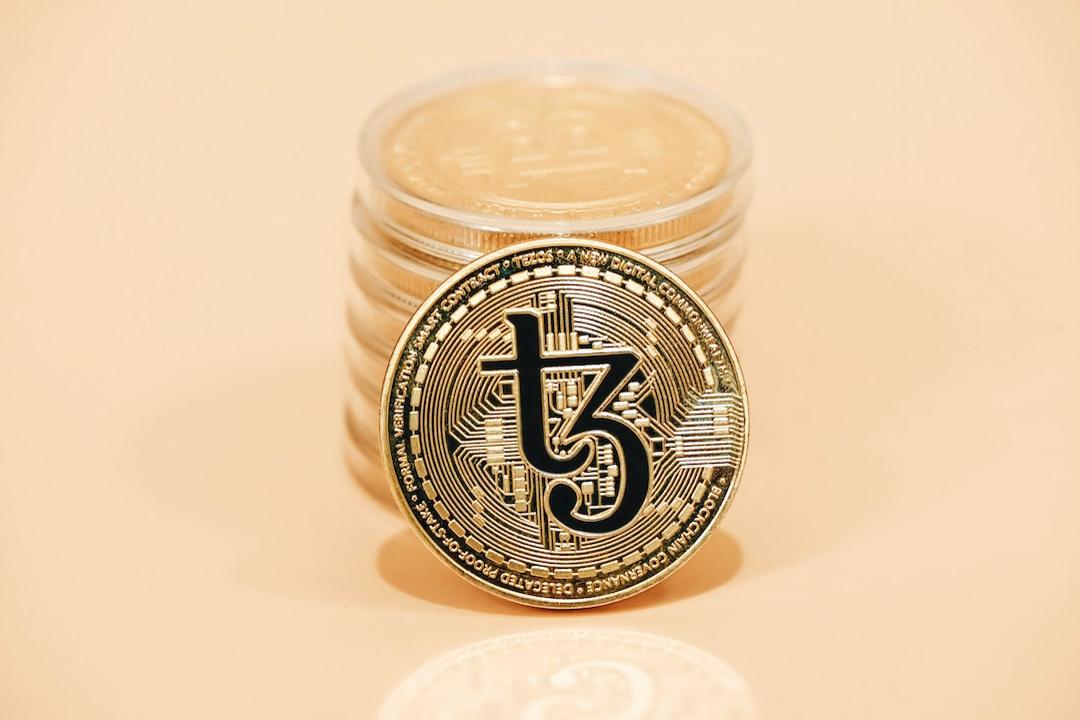
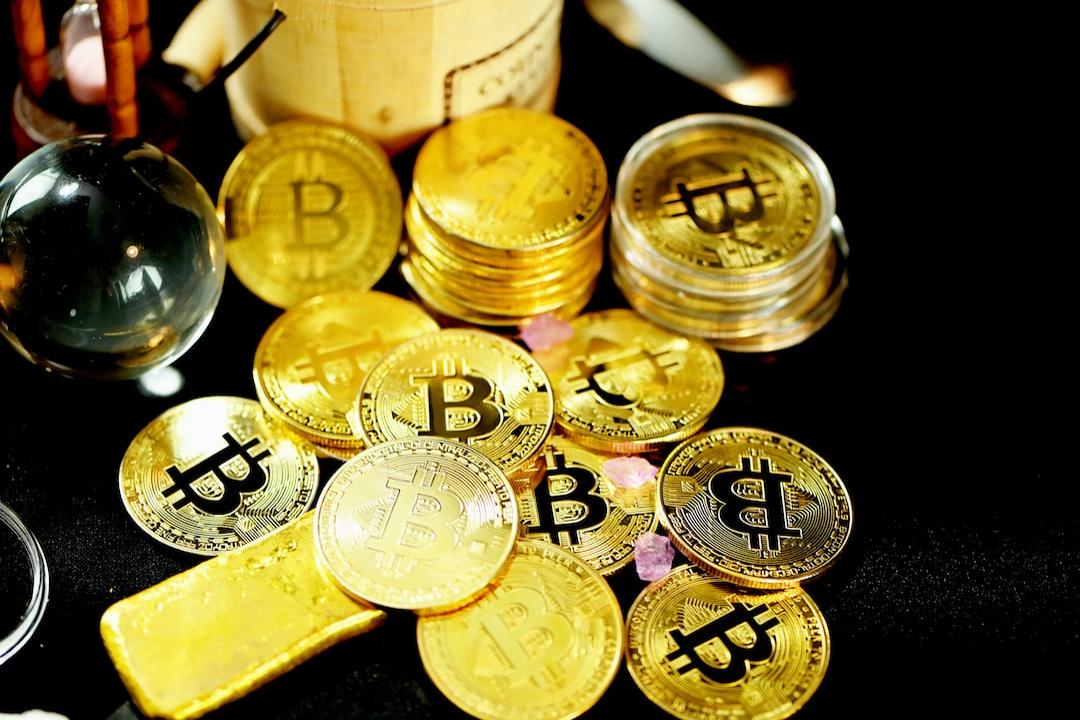
Looking at other core data, Aave’s TVL has reached $38.04 billion, a 52% growth since the beginning of the year, accounting for nearly a quarter of the total DeFi TVL, dominating the lending market. Its native stablecoin GHO has an issuance volume of $312M, and the cross-chain expansion of GHO on Arbitrum and Base promotes revenue growth. AAVE’s return rate reached 22.97% in the recent rebalance cycle.
In terms of specific institutional collaborations, Aave has launched the Horizon project to promote RWA and institutional usage pathways; partnered with Plasma to launch blockchain funds aimed at institutions; and Aave DAO has also approved a white-label solution for the Kraken Ink chain. As an “old hand” in the DeFi lending field, Aave remains “stronger with age”: TVL and deposit sizes continue to break records, GHO’s functionality is continually expanding, and institutional pathways are progressing steadily, all injecting strong momentum into its resurgence. However, AAVE faces pullback pressure at high prices, with technical indicators like RSI approaching overbought levels, indicating a potential need for short-term adjustments. Whether it can continue to lead the DeFi lending space will depend on the progress of Aave V4’s launch, the effectiveness of RWA pathways, and regulatory trends.
Spark: The Sword of MakerDAO
Spark Protocol (abbreviated as Spark) evolved from MakerDAO and is now part of the Sky ecosystem. It is a high-level on-chain capital allocator, dedicated to efficiently deploying hundreds of millions of dollars in stablecoin capital into DeFi, CeFi, and RWA (real-world assets). Its core products include SparkLend (lending), Spark Savings (yield generation), and Spark Liquidity Layer (cross-chain liquidity allocation). Since the SPK token officially launched after the airdrop on June 17, 2025, its market performance has been remarkable: the initial TGE issuance price was about $0.065, and the SPK price experienced significant fluctuations in the short term—falling to less than half of the issuance price (about $0.03), but then rebounding strongly, reaching the historical price range of $0.12–$0.13 on July 23, with a market capitalization approaching $190 million, and 24-hour trading volume climbing to nearly $450 million.
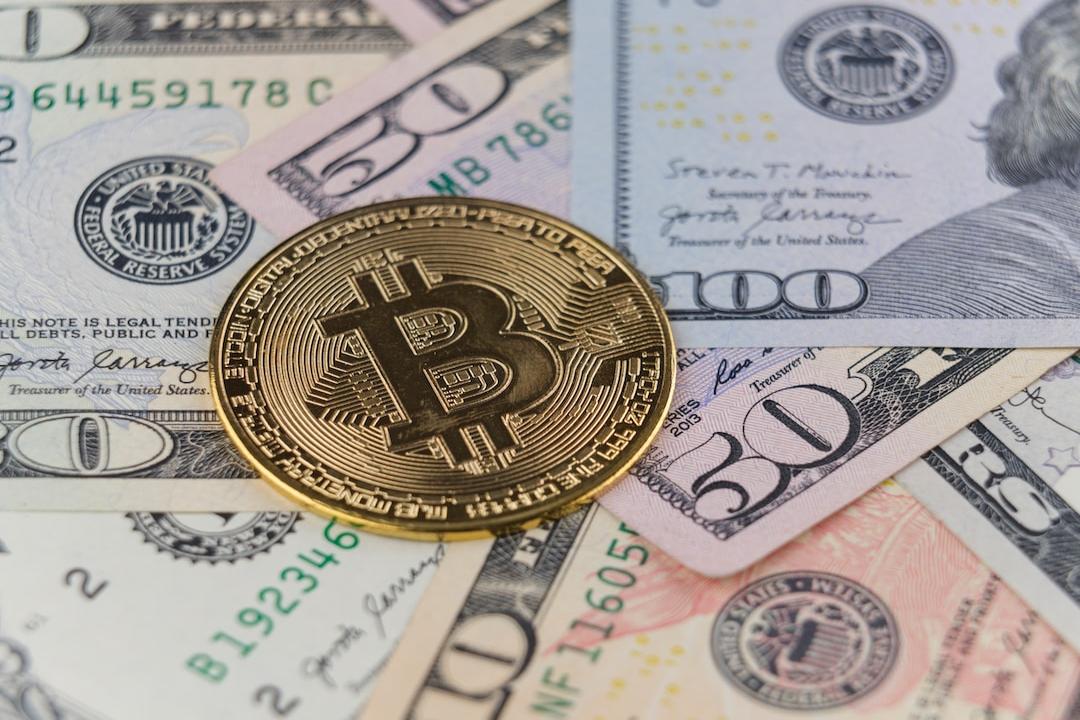

Four Main Factors Behind the Surge of SPK Tokens:
- TVL Explosion Boosts Market Sentiment: Since April, Spark’s TVL has surged by 250%, directly pulling market confidence and causing SPK prices to rise rapidly and reach ATH.
- Airdrop and Listing Stimulate Trading: The launch of Spark was accompanied by a large-scale airdrop and listing on mainstream exchanges (such as Binance), setting up favorable mechanisms that elevated initial market attention and price volatility.
- Top-tier Capital and Technological Endorsements: Backed by the Sky (formerly MakerDAO) platform’s $6.5 billion stablecoin reserves and a transparent mechanism as the core of capital deployment, Spark is endowed with a strong stabilization foundation.
- Completeness of Product Structure: Spark features a product matrix covering yield generation, lending, and cross-chain liquidity, fully connecting user needs through SparkLend, Savings, and SLL.
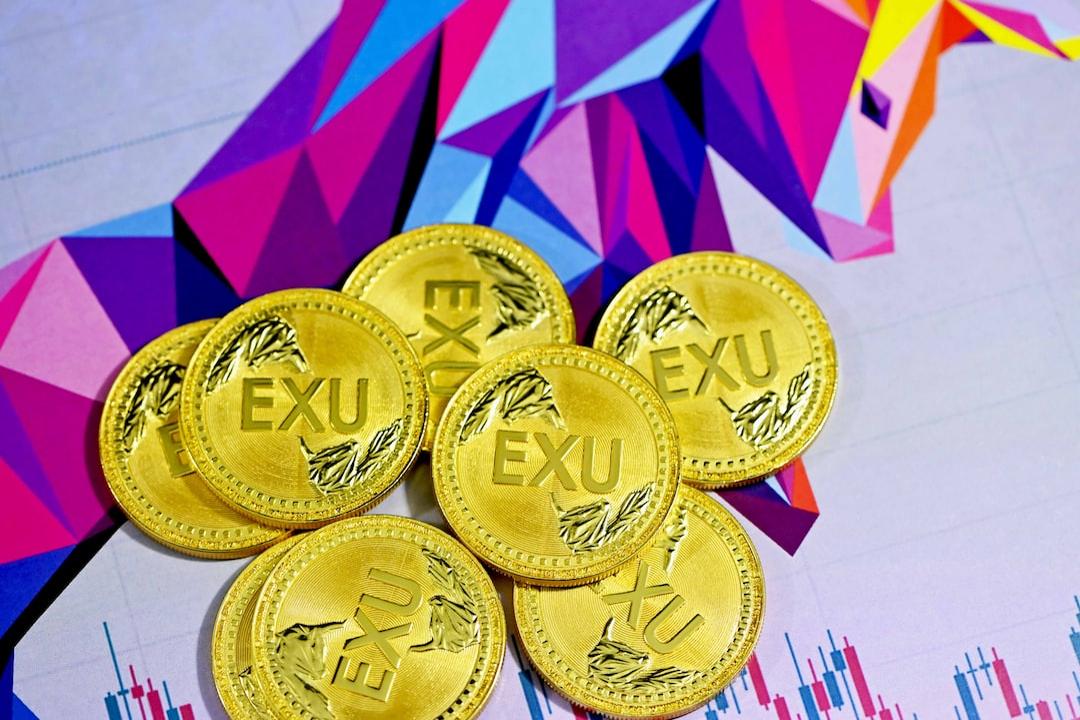
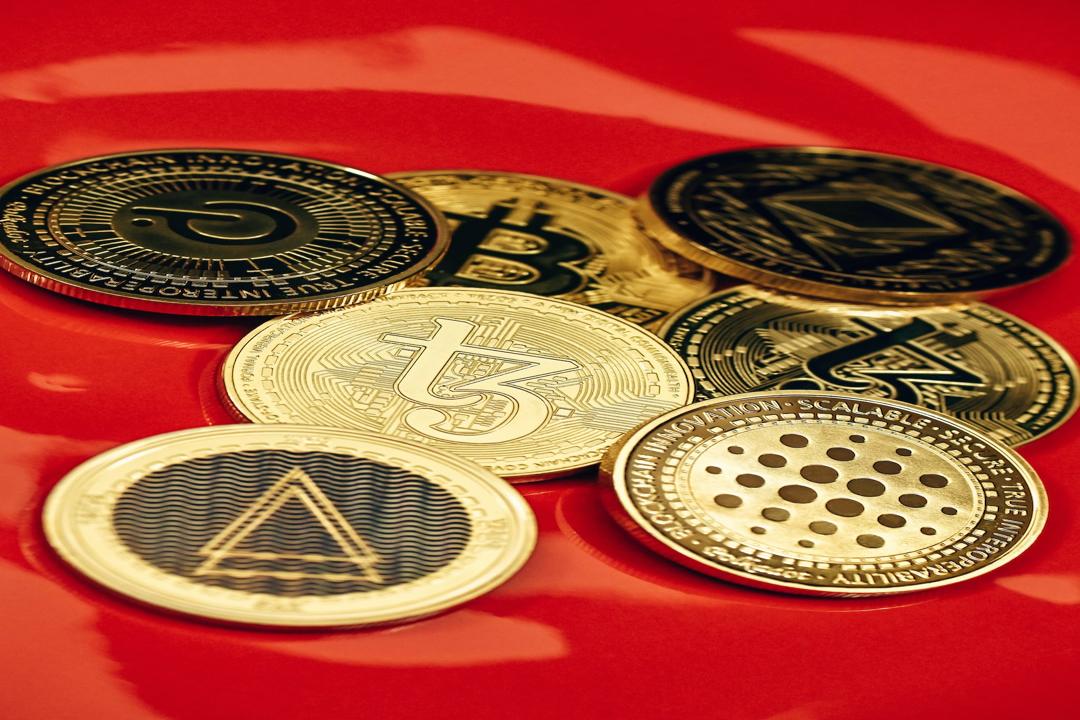
As of the time of writing, Spark’s total TVL has reached $7.4 billion. Previously, in July, its TVL hit a peak of $8.1 billion, making it the sixth-largest platform in DeFi, with SparkLend managing about $4.7 billion and SLL managing about $3.4 billion. Spark is rapidly reshaping the standards of stablecoins and capital efficiency in DeFi, with the synergy of exploding TVL, airdrop sentiment, and Sky backing enabling SPK to achieve a legendary comeback in a short time, representing “new life for an old project.”
However, high volatility and initial cash-out pressures still exist, with prices currently having retraced by 30–40%, necessitating caution against potential market adjustments in the short term. Whether it can continue to strengthen will depend on the Spark ecosystem’s ability to expand continuously (such as CeFi pathways, RWA integration), governance activity, and SPK holders’ loyalty.
Risk Warning
Cryptocurrency investment involves high risks, and prices may fluctuate dramatically; you may lose all your principal. Please assess risks carefully.
